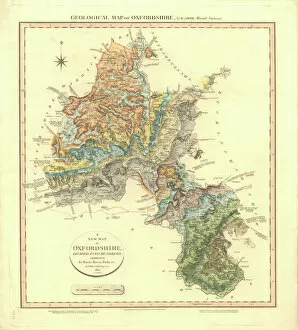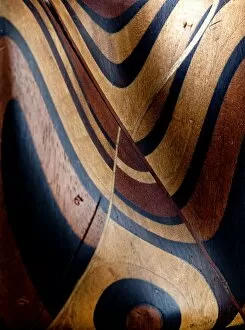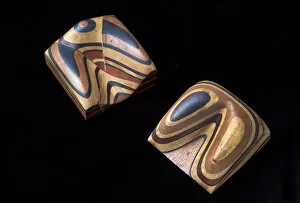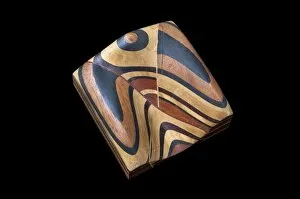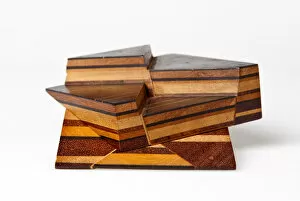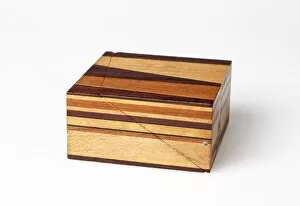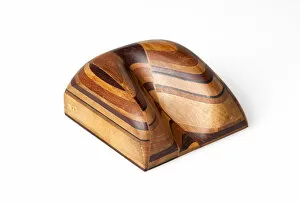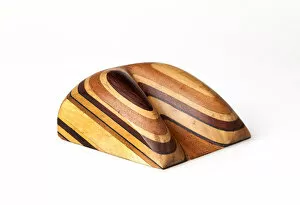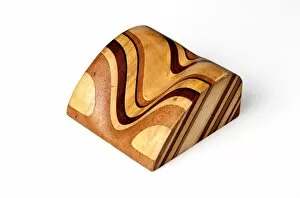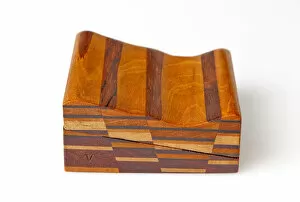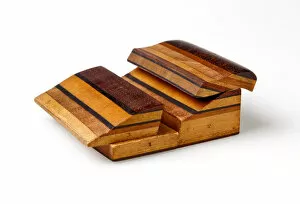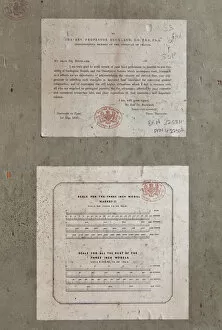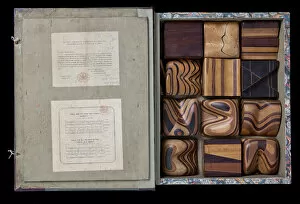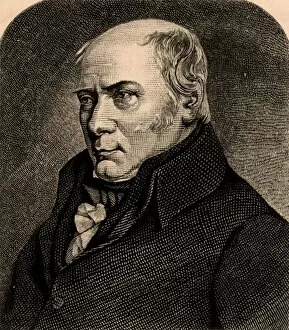Stratigraphical Collection
"Unveiling the Geological Layers: Exploring Stratigraphical Hints in Oxfordshire" Delving into the depths of Oxfordshire's geological history
All Professionally Made to Order for Quick Shipping
"Unveiling the Geological Layers: Exploring Stratigraphical Hints in Oxfordshire" Delving into the depths of Oxfordshire's geological history, we find ourselves captivated by the intricate details presented on the Geological Map of this enchanting region. Thomas Sopwith, a visionary geologist from the 19th century, left an indelible mark with his remarkable geological models. Among these captivating models is Sopwith Model XII, which vividly portrays the denudation process affecting mineral veins. As if frozen in time, it reveals nature's relentless erosion and alteration over countless years. Similarly, Sopwith Model VII showcases surface denudation of veins - a mesmerizing display that unravels how external forces shape our planet's hidden treasures. Sopwith Models serve as invaluable tools for understanding both denudation and faulting processes. Model II takes us to Newcastle where coal strata reign supreme; its intricate design provides insights into how these valuable resources are distributed beneath Earth's surface. Venturing deeper into Sopwith's world of geological wonders, we encounter Model VI depicting intersecting mineral veins. This masterpiece illustrates nature's artistry as different minerals intertwine beneath our feet. In contrast, Model XI unveils vertical intersecting veins - a testament to Earth’s complex dynamics and their impact on subterranean formations. Model XII once again captures our attention with its focus on mineral vein denudation. The intricately crafted representation allows us to witness firsthand how natural forces sculpted these precious deposits over eons. Not limited to just veining phenomena, Sopwith also explored stratigraphical mysteries through his models. Model VIII highlights the fascinating phenomenon known as overcutting of strata – showcasing layers eroded beyond recognition by powerful geological processes. As we marvel at each model created by Thomas Sopwith, they remind us that every inch of Earth holds secrets waiting to be unveiled.

